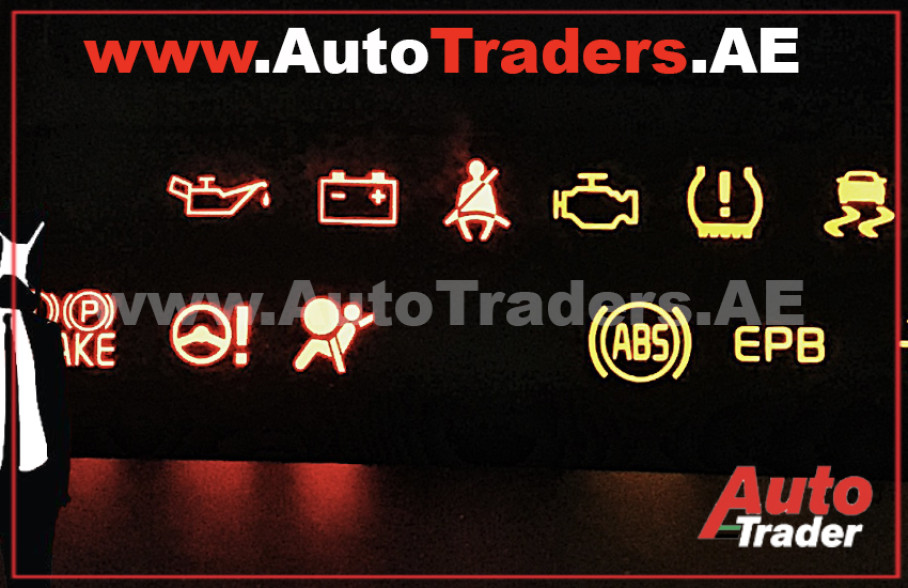Modern vehicles are equipped with advanced technology that not only enhances driving experience but also provides crucial information to keep drivers informed about their vehicle's condition. Dashboard warning lights serve as vital indicators, alerting drivers to potential issues that require attention. In this article, we will explore the importance of dashboard warning lights, decode some common symbols, and emphasize the significance of taking prompt action to ensure safe and reliable journeys.
Dashboard warning lights are like the language of your vehicle, communicating important messages about its health and performance. These lights serve as early warning system, indicating potential problems that may require immediate attention. Ignoring or neglecting these warning signals can lead to costly repairs and compromise safety on the road.
Understanding the meaning behind dashboard warning lights can help drivers take appropriate action. Here are few common symbols:
Check Engine Light: This light indicates an issue with the engine, such as a malfunctioning sensor or emissions problem. It's essential to have your vehicle diagnosed by a professional as soon as possible.
Battery Warning Light: This light typically indicates a problem with the vehicle's charging system. It could be due to a faulty alternator, battery, or electrical issue. Seek assistance to prevent a potential breakdown.
Oil Pressure Warning Light: low oil pressure warning light suggests insufficient oil pressure in the engine. This can be caused by low oil levels or malfunctioning oil pump. Address the issue promptly to avoid engine damage.
Tire Pressure Monitoring System TPMS Light: This light indicates low tire pressure. Check your tire pressures and inflate them to the recommended levels. Low tire pressure can affect handling and fuel efficiency.
ABS Warning Light: The Anti lock Braking System ABS light illuminates when there is problem with the system. It could indicate an issue with the sensors or hydraulic unit or brake pads. Get the ABS system inspected to ensure proper braking performance.
When dashboard warning light appears, it is important not to panic but take appropriate action. Here are some guidelines:
Refer to the Owner's Manual: The owner's manual is valuable resource that provides detailed information about specific warning lights and their meanings. Consult it to understand the recommended steps to take.
Safely Pull Over: If warning light indicates severe problem, it's crucial to pull over safely to avoid further damage or accidents. Assess the situation and decide whether it is safe to continue driving or if towing assistance is necessary.
Seek Professional Help: For unfamiliar warning lights or persistent issues, it is best to consult qualified mechanic or visit service center. They have the expertise and diagnostic tools to identify and address the underlying problem.
While dashboard warning lights alert drivers to immediate issues, regular preventive maintenance is essential to minimize the likelihood of warning lights appearing. Stay proactive by adhering to the vehicle manufacturer recommended maintenance schedule and which includes regular inspections and fluid checks and timely servicing.
Dashboard warning lights are crucial indicators that should never be ignored. Understanding their meanings and taking appropriate action can help ensure the safety and reliability and longevity of your vehicle. Pay attention to these signals and consult your owner's manual, and seek professional assistance when necessary. By responding promptly and responsibly to dashboard warning lights, you can prevent potential breakdowns and costly repairs and ensure smooth and worry free driving experience.

